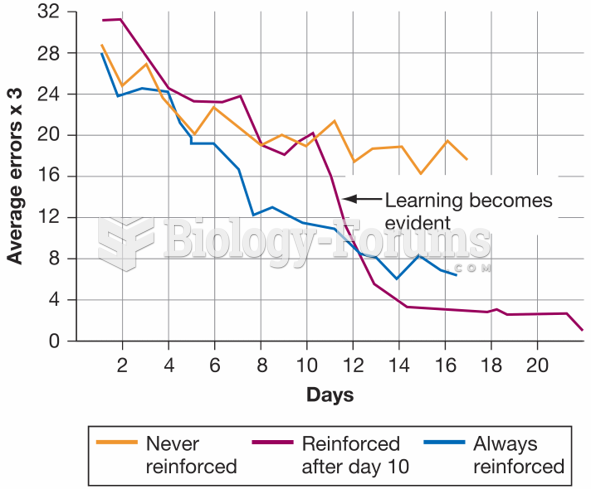Answer to Question 1
D
Answer to Question 2
Once the population, social, and economic trends of today have been examined, a model can be developed that describes and, to some degree, predicts how these factors come together to affect consumer buying patterns. This is called the consumer shopping and purchasing model. Consumers are typically confronted with fundamental decisions when it comes to meeting their needs and wants. This model suggests that consumer behavior is a process with a series of stages or steps. The six stages in the model are stimulus, problem recognition, search, evaluation of alternatives, purchase, and post-purchase evaluation.
It is important for retailers to understand what information resources their target market prefers to use and match their communication programs to these resources. The purchase stage is often seen by retailers as an opportunity to use suggestion selling to sell add-on or related purchases such as extended service warranties, batteries for toys, and impulse merchandise. If the retailer is proactive in its customer-satisfaction program and responds quickly to budding resentment, it can be overcome.
Beyond this, many retailers have started customer follow-up programs, such as customer-satisfaction reply cards, given out at the time of purchase or mailed to the customer several days later. Electronic cash registers have aided in this process by efficiently gathering the names, addresses, and telephone numbers of customers, recording the merchandise purchased, and automatically mailing the customer satisfaction surveys. It is important that retailers seek to find out why some past customers no longer shop at their stores. Many large retailersespecially chains where individual stores are not under central control such as franchises and dealershipshave taken this customer-satisfaction process one step further. They have instituted programs that measure customer satisfaction on an ongoing basis and compare customer-service ratings of individual retail locations against preestablished benchmarks or a chain-wide average.







